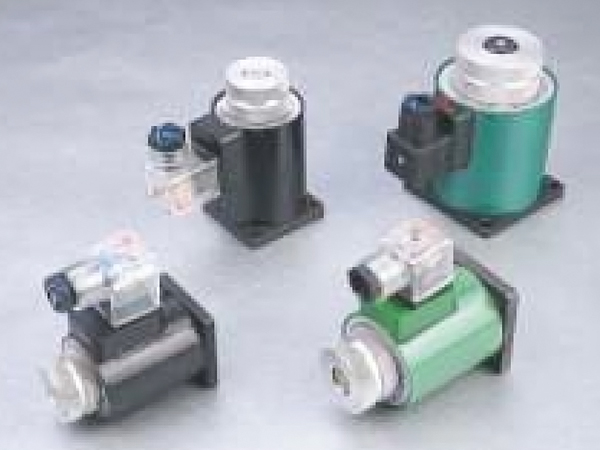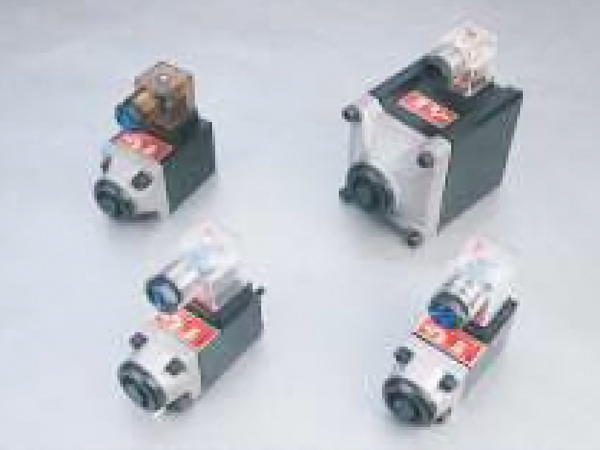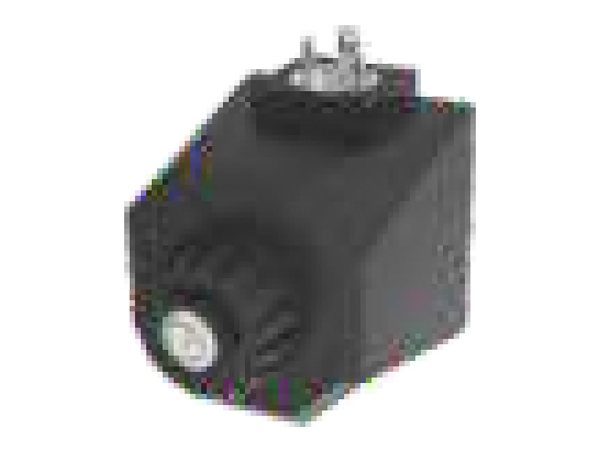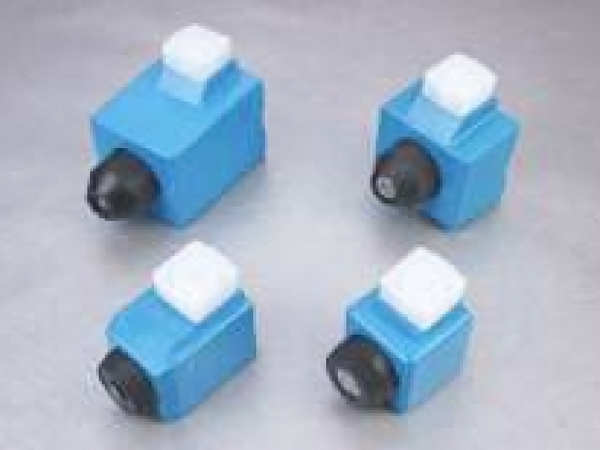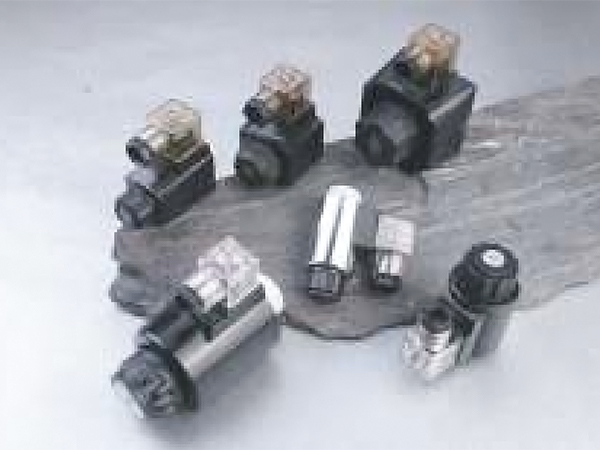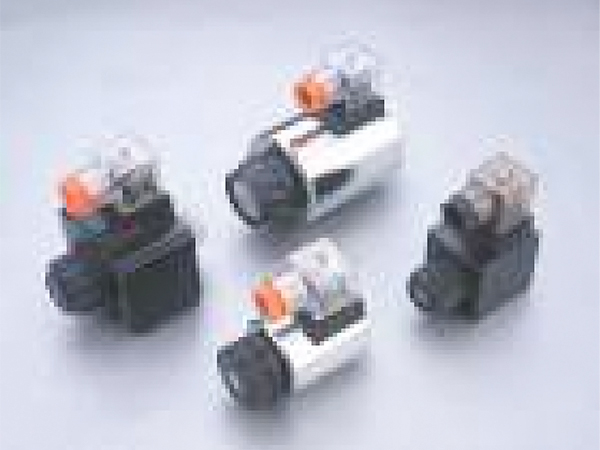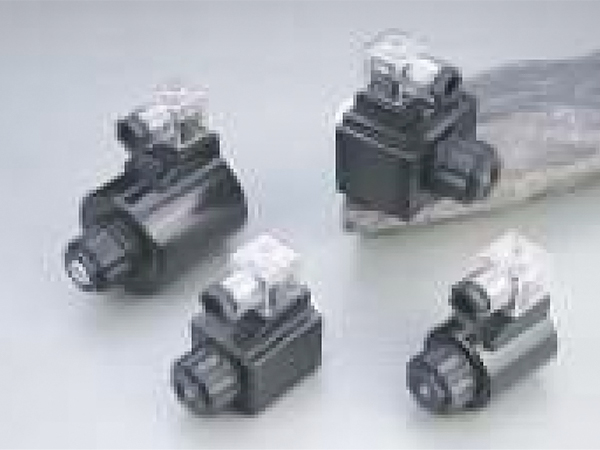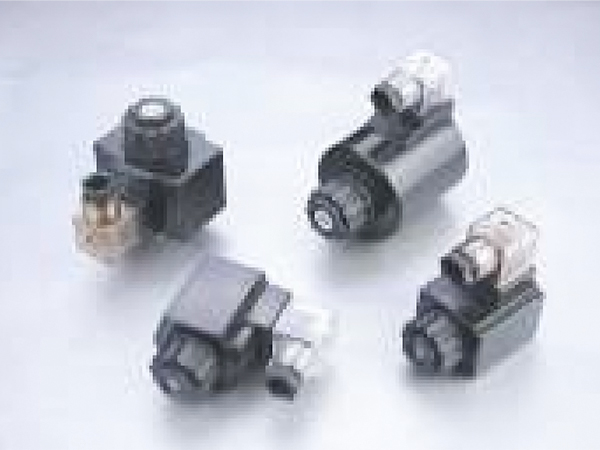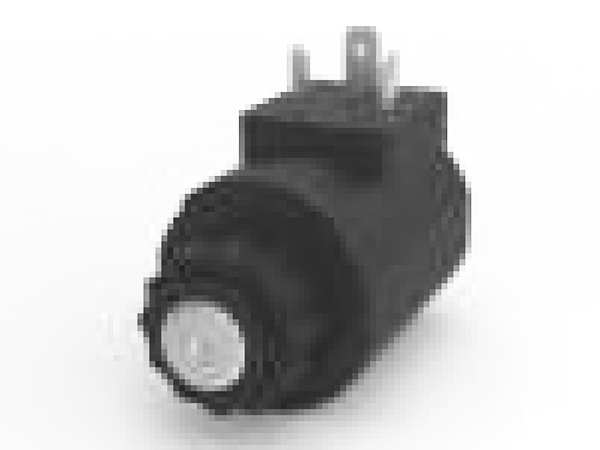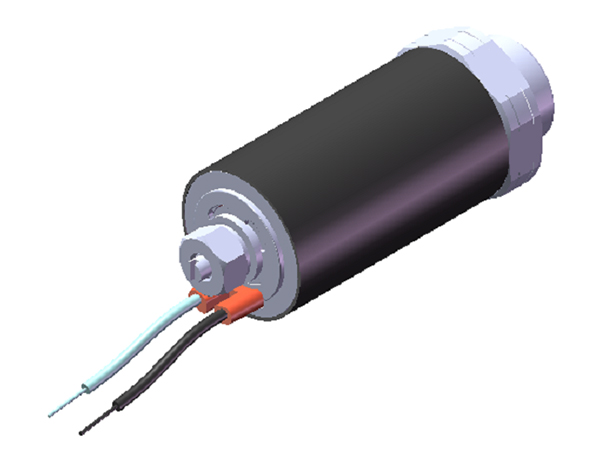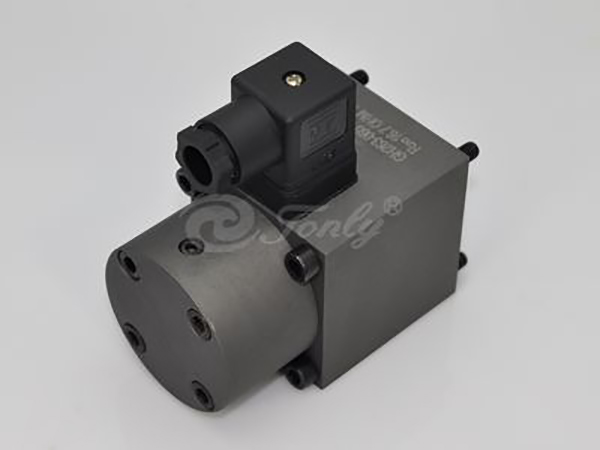Common filtering methods for position sensor output
In robotic arm systems, the raw signals output by position sensors often contain various noise and interference components, such as electromagnetic interference, mechanical vibration, etc. These noises and interferences can seriously affect the positioning accuracy and stability of the robotic arm. The use of signal filtering technology to process sensor signals, remove noise and interference, and extract useful information is a key step in ensuring precise control of robotic arms. In the application of integrating position sensors with robotic arms, commonly used filtering methods mainly include the following:
low pass filter
Principle: Allow low-frequency signals to pass through and suppress high-frequency noise. Application: Suitable for removing high-frequency interference such as vibration and electromagnetic noise. Examples: first-order low-pass filter, second-order low-pass filter, etc.
High pass filter
Principle: Allow high-frequency signals to pass through and suppress low-frequency noise. Application: Although not commonly used in high-precision position measurement, it may be applicable in certain specific scenarios, such as detecting rapidly changing position information.
Bandpass filter
Principle: Allow signals within a certain frequency range to pass through while suppressing noise outside of that range. Application: Suitable for situations where the signal frequency range is known, it can further improve the filtering effect.
Kalman filter
Principle: An efficient recursive filter that estimates the system state by combining predicted and measured values. Application: In dynamic systems, such as real-time position estimation of robotic arms, Kalman filters can provide more accurate position information. Advantages: Able to handle random noise and predict future states, suitable for real-time control systems.
For more information, please call us at + 86-574-88452652 or email us at [email protected].
Product Categories
The Proportional Solenoid for Hydraulics is designed to provide fine-tuned regulation of fluid flow ...
Hydraulic presses are used in industries such as metalworking, plastic molding, and stamping. Hydrau...
The integration of an External Shock-Absorbing Solenoid Valve provides substantial improvements in s...
Coils for Cartridge Solenoid Valves used in mobile hydraulic and industrial equipment must be design...
Coils designed for higher voltages have higher internal resistance due to longer or thinner wire win...
The precise alignment of the Hydraulic Position Sensor is fundamental to its operation. For the sens...

 English
English 简体中文
简体中文